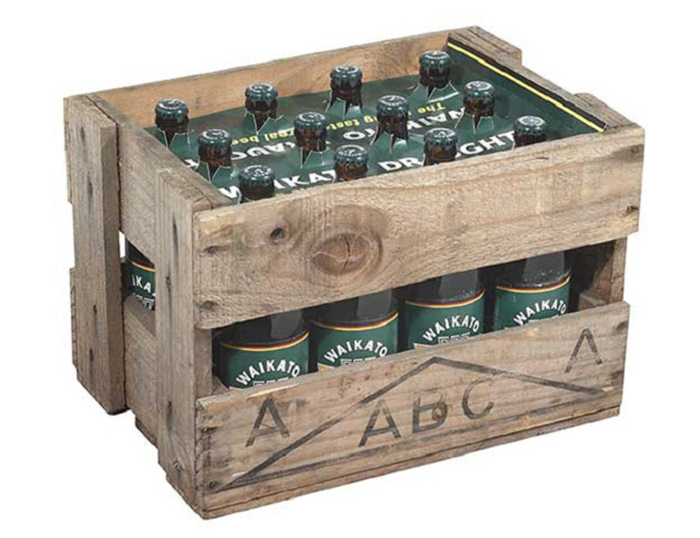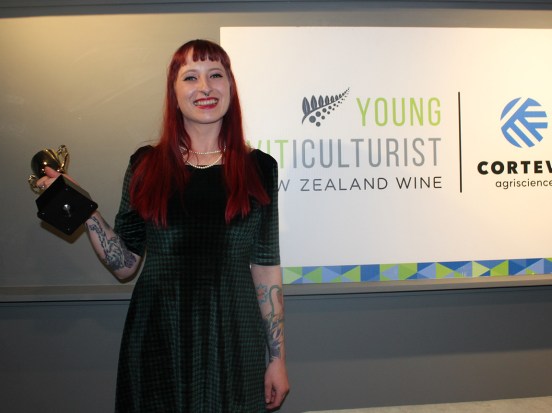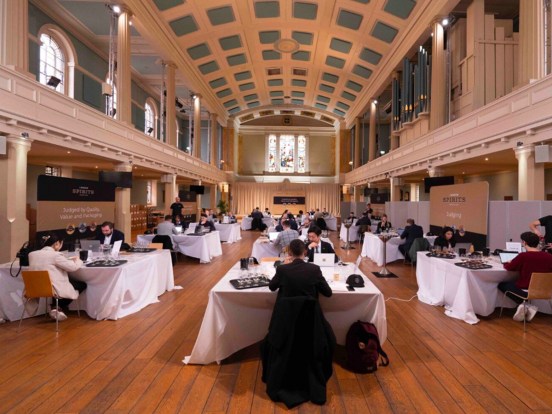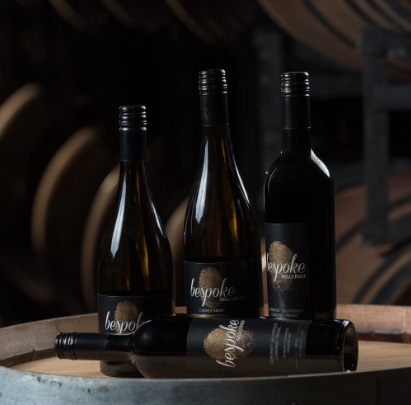By Dylan Firth, Executive Director, Brewers Association of New Zealand
Most New Zealanders will be familiar with the iconic imagery of the Swappa bottle or crate. Be it in your granddad’s garage, holding up a TV in your student flat or on the back of a bicycle outside a Cuba St café.

The ABC brand Swappa crate bottle has been a part of our lives for generations. To this day not only do they provide New Zealanders with an economic option for purchasing classic Kiwi brands, they are also part of a closed loop recycling system that is unequalled across the country; this year alone preventing the equivalent of 11 million 330ml bottles going to landfill. However, their future is under threat.
This year marks the 100-year anniversary of the Swappa. Established as the Auckland Bottling Company in 1920 with the aim of standardising the diverse range of beer bottles around the region, ABC soon became the standard for brewers in Auckland.
Initially the bottles were imported from Chicago Illinois with the first order consisting of 120,000 quart bottles. The first successful glass bottle manufacturer in New Zealand was set-up in 1922 at Penrose near Auckland, allowing local production of the bottles. Fast forward to 1941 and the Auckland Bottle Company re-established itself as the Associated Bottlers Company when it effectively became the nationwide standard for pint and quart bottles.
ABC reached its peak in 1975 with 336 million bottles used by New Zealanders that year. This made up over 92% of the packaged beer market at the time. But the late ’70s and ’80s were a time of change. The use of kegs became more prevalent in bars and by 1987 the price of producing glass had declined to the point that a single use option was more viable, not to mention in demand by the consumer who had less time to focus on ‘making their empties go another round’.
While the company today is significantly smaller than it used to be, small is sometimes mighty and in the last few years there has been a resurgence in the use of Swappa Crates. We see this as brewers and consumers focus on more sustainable options with an increase in consumer awareness of the impact of single use products. Swappas have seen a 13% increase in the last five years.
Unfortunately, this 100-year-old institution is somewhat at risk due to the potential implementation of a Container Return Scheme (CRS) which may not exclude refillable bottles such as those used in Swappa Crates. The danger is that under a CRS all glass bottles are collected, including the beloved quart, and will be crushed, melted down and repurposed. Which could effectively kill the Swappa Crate scheme.
Reusing a product compared to recycling it, is the most sustainable use of materials we can achieve. Under the current model a Swappa bottle saves the use of 90 330ml glass bottles during its lifecycle and a bottle is used four times per year on average. During 2020 it is estimated there will be 18 million Swappa bottles used; that is 18 million bottles that will not go through the recycling or waste system.
Based on the current glass capture rates in New Zealand (what is collected at kerbside and at recycling stations) of approximately 73%, if the Swappa Crate system was no longer in use, the equivalent of 4.89 million 750ml bottles (or 11 million 330ml bottles) would have ended up in the landfill this year.
This is completely counterproductive to the idea of waste reduction and a circular economy. A CRS if it were to include the bottles currently used in the Swappa Crate scheme would threaten one of the most effective reuse models currently operating in New Zealand.
So, let’s celebrate 100 years of this sustainable product, help Kiwis make their empties go another round and hope sense prevails and Swappas are left out of any future Container Return Scheme.
Did you know?
There are 6 ways you can catch up with The Shout NZ?
Our monthly print magazine. Subscribe here.
Online, updated daily with its own completely unique content and breaking news.
Our fortnightly newsletter – free to your inbox! Subscribe here.
Our digital magazines – the latest issues are online now, here and here.
We are also on Facebook and Instagram!





